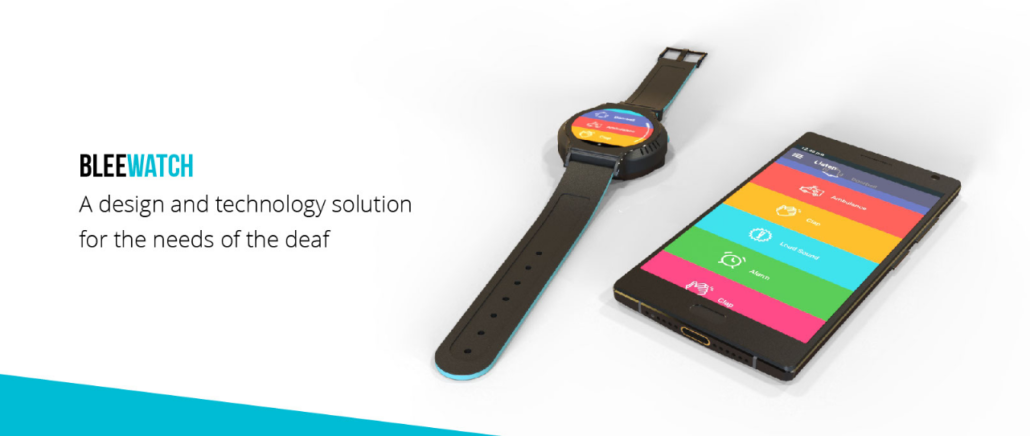According to the National Association of deaf, there are 18 million people who are deaf. The barrier standing is the threadbare infrastructure of educational facilities such as specialized schools.
There are around 700 schools in India that teach sign language. During the pandemic, classes were not accessible to the deaf community. It’s time to educate Indians in sign language. Two young females from MIT, Pune, have lent an ear to reach a deeper perspective to the voices of deaf. Which are often ignored.
Jahnavi Joshi an industrial design student at MIT, Pune also a Kathak dancer since childhood. In her third year, she watched a dance performance of deaf students. She wondered how they gained skills when the world was one step ahead of them.
On her way to understand the difficulties of people with hearing impairments, she along with her classmate Nupura Kirloskar researched how hearing-impaired people perceive sound by relating to its vibrations.

They designed a prototype of a wearable smart watch for their college project. The feedback of their professors was to design something that is practically and commercially viable.
Technology was an innovative concept for the deaf community and they wanted to take it forward. They conducted a pilot study at a school for deaf, but the outcome wasn’t as expected. The school did not take them seriously because of their experiences. Jahnavi and Nupura had faith which motivated them to work hard to give a shape to their idea. After two years, they executed their idea and built a working model called Bleewatch.
Bleewatch is a wearable smart watch with a sound detection mechanism. It acts as an ear for the deaf. Whenever it hears a sound, it saves it and the next time it is played; the watch vibrates and colour codes, detects and guides the person accordingly. It also has a bonus feature of location sharing and five emergency contacts if the person is in an unsafe situation.

They also created AskBlee, a web portal. This was a marketing initiative for their first project. Askblee is a portal where the doubts and questions were answered using sign language. And today it has 5,000+ audiences.
Things fell in the right place when IIT Bombay society for innovation and entrepreneurship and TATA Trust Social Alpha agreed to step in as investors. After a while, to bridge the gap between the deaf community and education, they launched BleeTV.
BleeTV is an immense library which provides English learning from news related to entertainment in video format using sign language. Their major focus is on the 3-13 years. They have also partnered with many schools in Maharashtra, providing tablets with ISL lessons. They have their own certified ISL trainers who train both teachers and students.
In the initial phase of the pandemic, they created accessible workbooks and delivered them at their doorstep so that deaf students stay connected with learning. Also, they created activities such as music and dance movement therapy so that they have fun in the comfort of their homes.
BeeKits or learning kits have also been launched, which are supported by Mahindra CIE. These kits help children and teachers carry forward the learning. Over 200 kits are distributed.

Bleetech has reached over 13,000+ deaf youth and 2000+ deaf children and has trained over 100+ teachers all over the country. It is creating an environment for deaf students that will enable them to be on equal footing with their peers.
Team Bleetech has landed on the Forbes 30 under 30 for their humanitarian journey. They have also been the winner of the Enable Makeathon 2.0, which was organized by the International Committee of Red Cross (ICRC).
BleeTech is on the verge of extending partnerships with schools in Maharashtra and Gujarat. Soon, Jahnavi and Nupura hope to create content to support academic curriculum.
For more inspiring startup stories, check out our section on Crunchstories!

